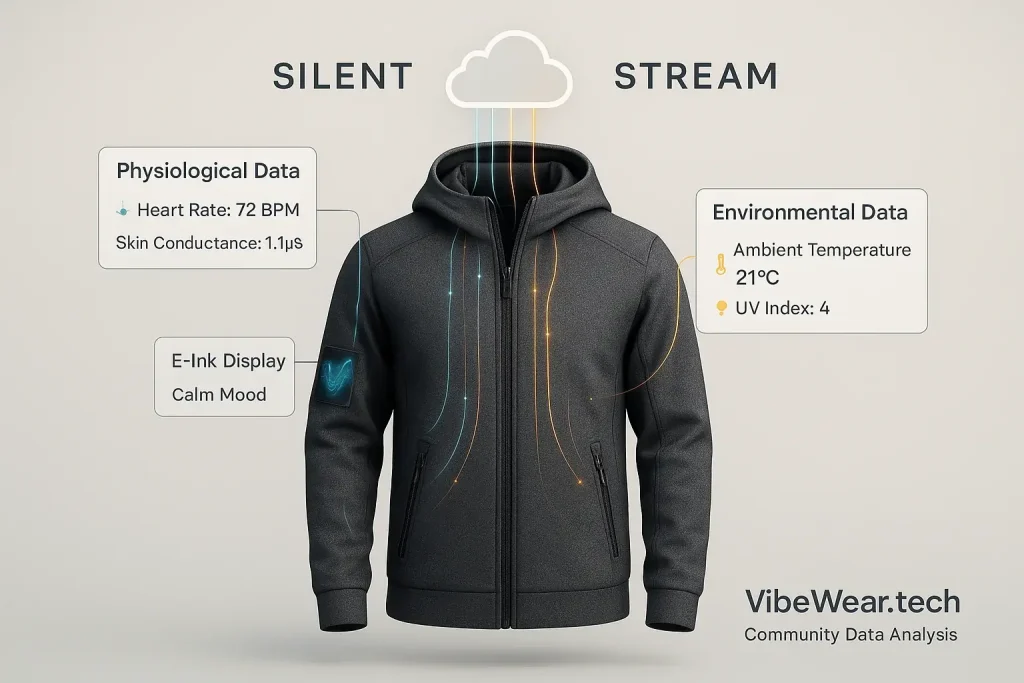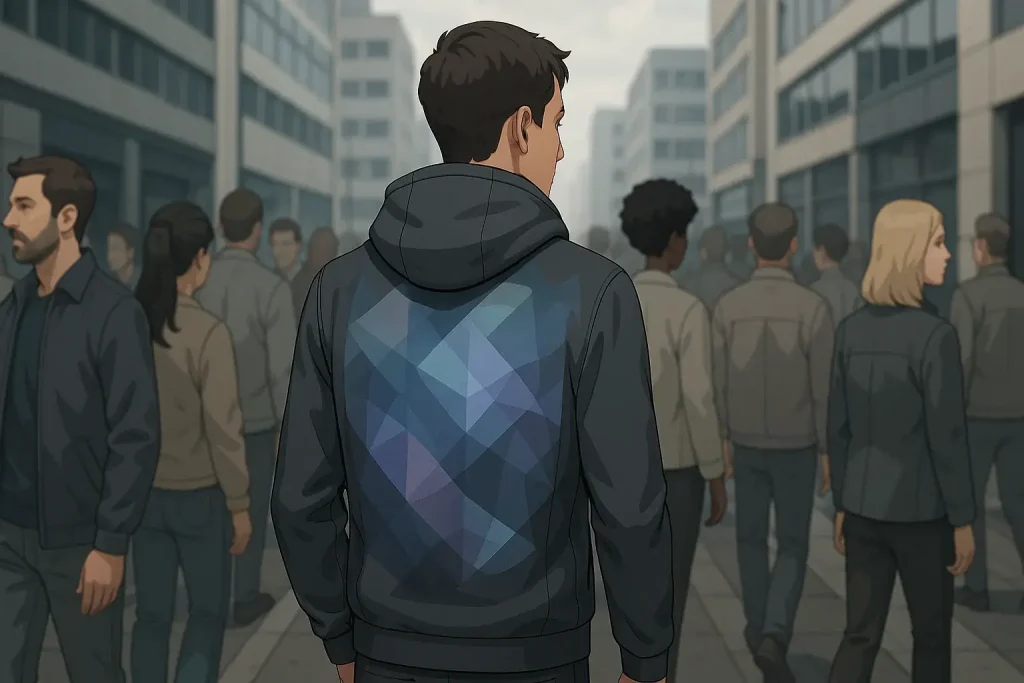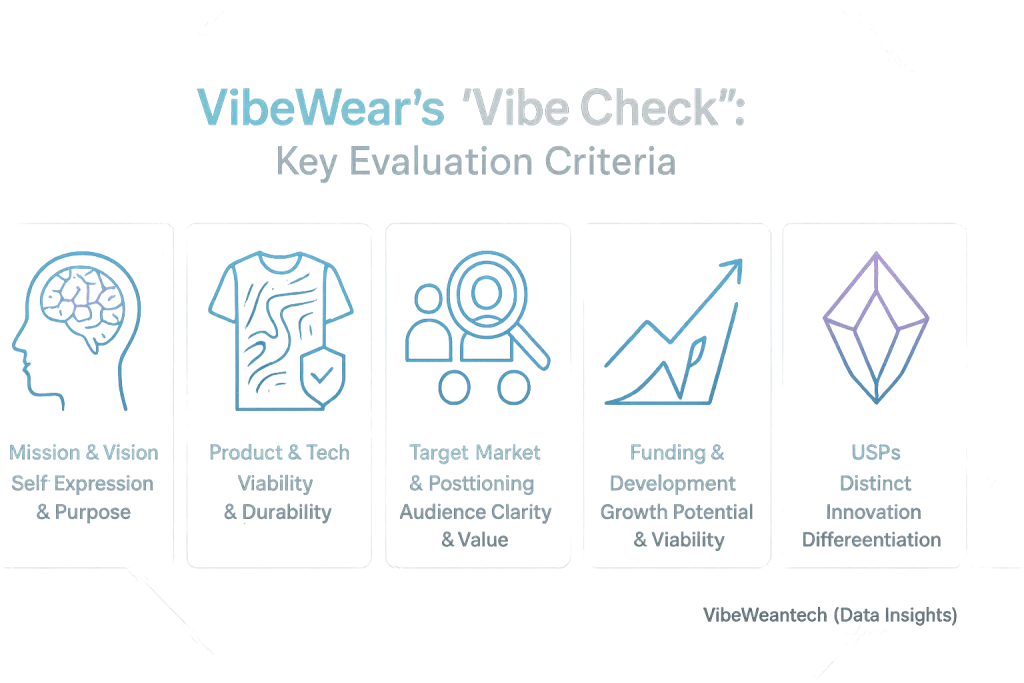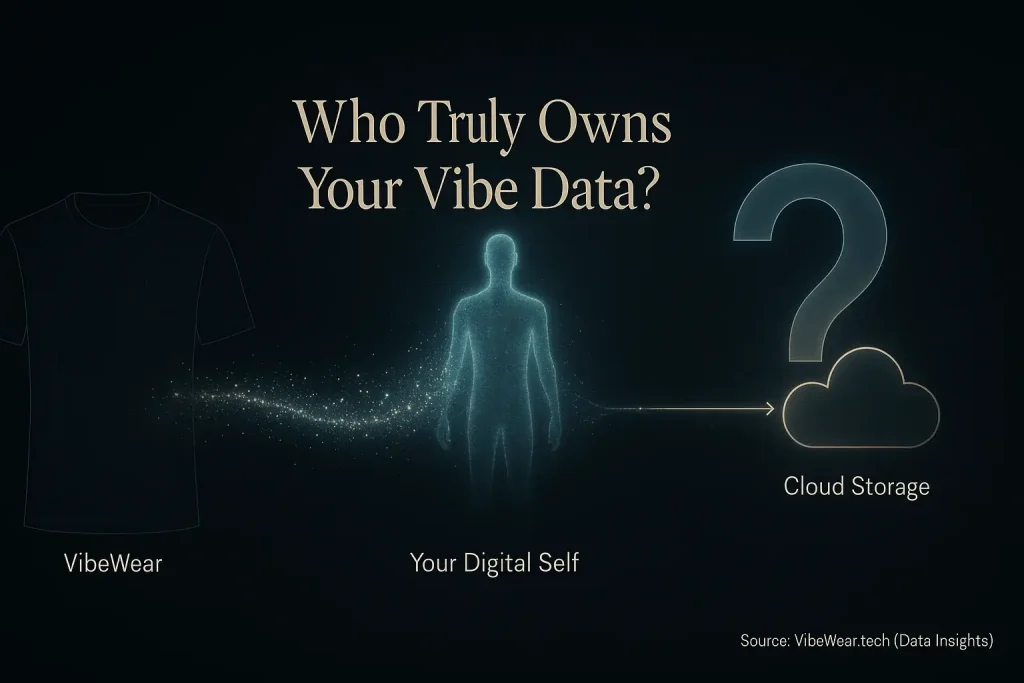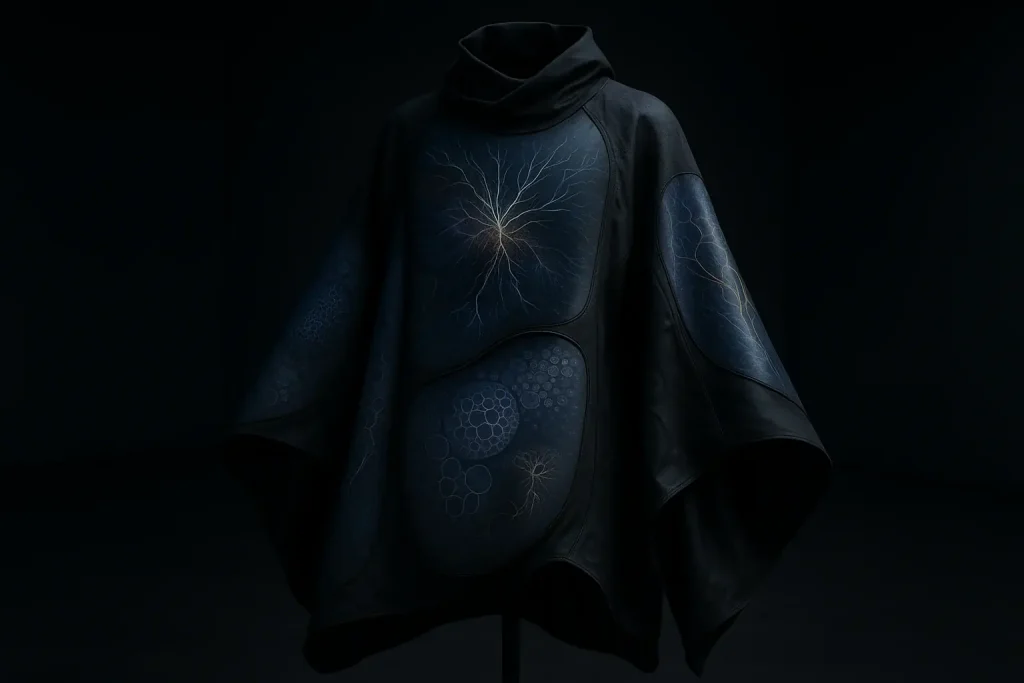Adaptive Fashion: A Privilege or a Promise for All?
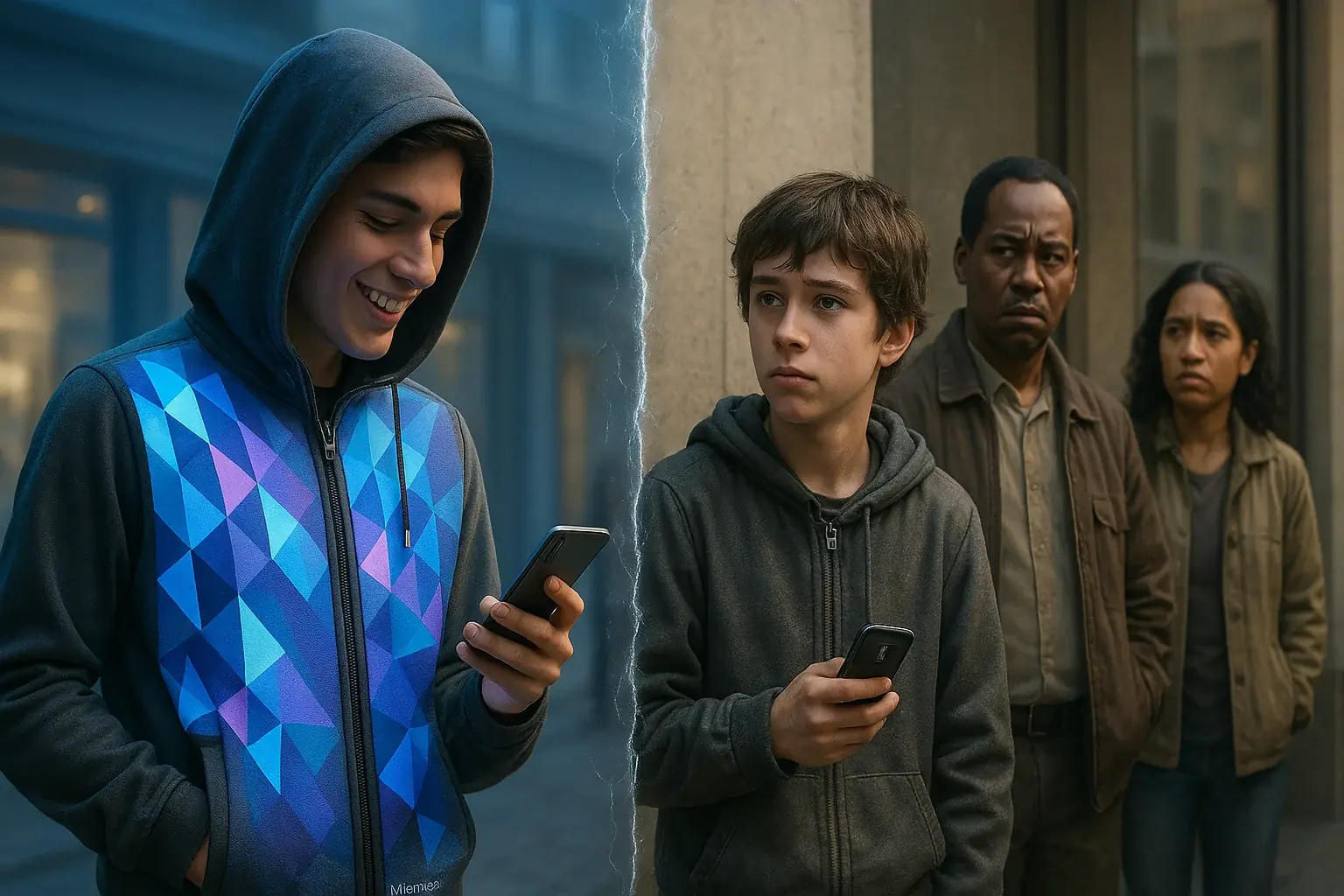
Could your clothes truly reflect your inner world? Adaptive fashion promises this deep personalization. Yet, an unspoken truth lingers. This vibrant future might exclude many people. VibeWear accessibility demands a serious industry vibe check.
The digital divide casts a long shadow on VibeWear accessibility. This challenge extends beyond internet access, as advanced E-Ink clothing can create new exclusion based on socio-economic factors. Imagine someone thrilled by a mood-reactive hoodie. They quickly discover it requires a premium smartphone they cannot afford, or stable internet they do not have. That discovery forms an immediate, daunting wall.
VibeWear intends to dissect these complex barriers. We explore genuine pathways toward true technological inclusivity for adaptive fashion. Our commitment targets equitable access for all. The goal? E-Ink clothing that truly adapts to everyone, not just a select few.
The Price Tag Problem: Is VibeWear Exclusively for the Elite?
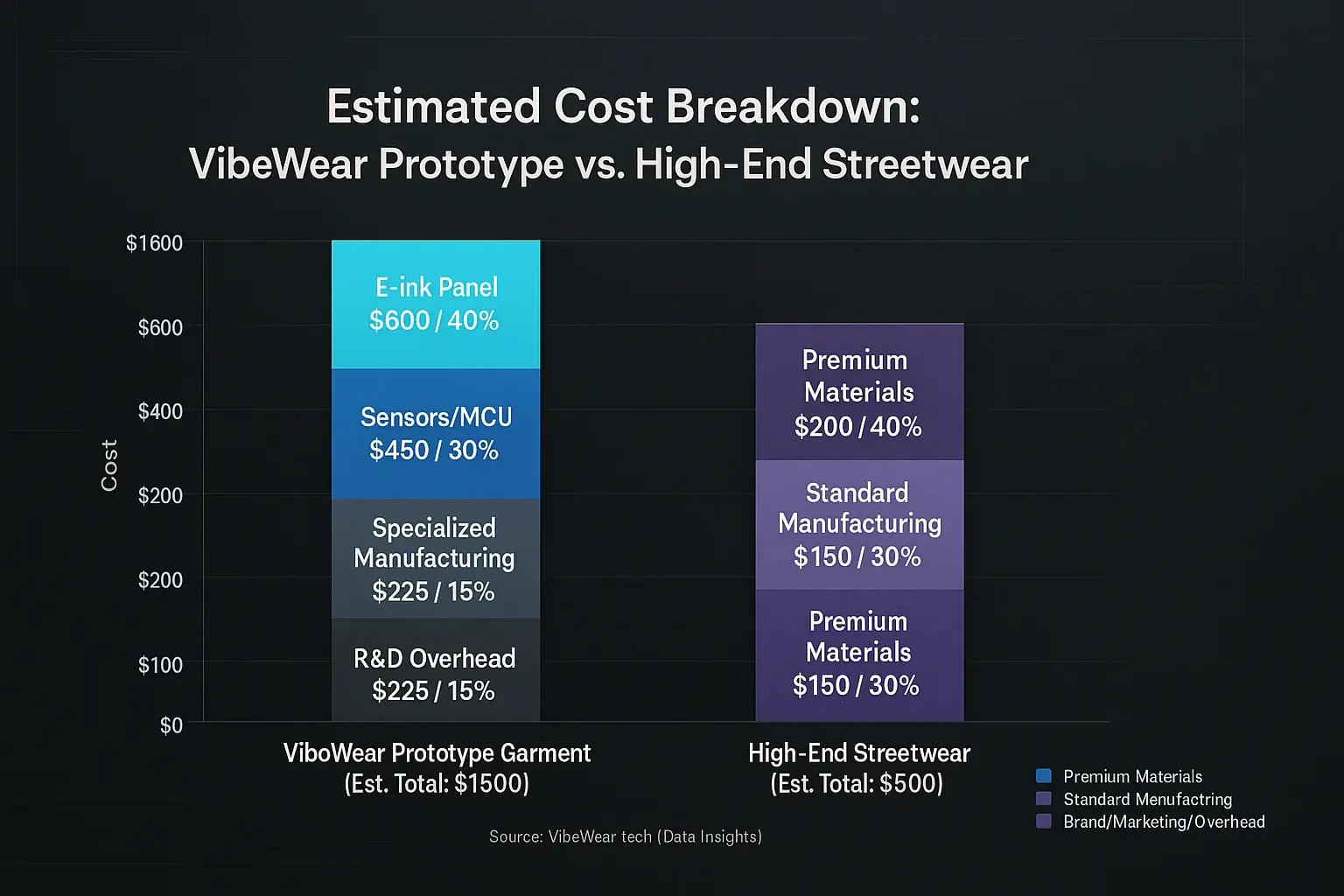
VibeWear's potential intrigues many. The cost presents a serious hurdle. E-Ink technology offers new possibilities. It is also currently expensive. Imagine loving a VibeWear concept. Then you see its price. It rivals a high-end laptop. That's the reality for early adopters.
Why such high prices? Flexible E-Ink displays are a primary cost driver. These panels alone can form a major part of material expenses. Specialized biometric sensors also add significantly to the build. Integrating these systems into textiles demands precision. This manufacturing intricacy elevates the final price. Companies must also recoup substantial research and development investments.
This cost creates an unspoken truth. VibeWear becomes exclusive. Plain truth. Who can afford these pioneering garments? Likely, affluent tech enthusiasts will be first. This situation limits early user diversity. It shapes initial feedback loops, potentially skewing perceived demand for certain features or aesthetics.
Could prices drop later? Possibly. Mass production could lower unit costs over time. Technology maturation often reduces component expenses for nascent tech. However, these shifts are not guaranteed in the short term. VibeWear believes realistic expectations are vital for both consumers and the industry's healthy development.
Beyond the Gadget: The Tech Literacy Hurdle for Adaptive Fashion

VibeWear offers incredible personal expression. Its full magic, however, requires some tech comfort. This isn't just clothing; it's interactive apparel. Users must connect to apps. They need to manage settings. Basic troubleshooting skills become surprisingly important for a garment.
Let's face an unspoken truth: not everyone navigates technology with ease. Imagine gifting a VibeWear piece to someone who finds smartphone apps confusing. The initial delight can quickly sour into frustration. This 'tech comfort' gap potentially excludes a significant group. Older generations or individuals less immersed in smart devices might feel left behind.
Beyond individual skill, reliable digital infrastructure is key. VibeWear often relies on consistent smartphone access. Stable internet connections are necessary for updates or cloud features. Compatible operating systems are also a must. These dependencies are not universally available. How does this affect adoption in rural communities or regions with less developed digital networks?
The path forward involves thoughtful design. Intuitive user interfaces can significantly lower these barriers. Simplified setup processes help immensely. VibeWear believes the responsibility for ease of use rests with us, the creators. Technology should adapt to people, not the other way around. This approach makes adaptive fashion truly accessible.
Designing the Divide: How Inclusivity Shapes VibeWear's Reach
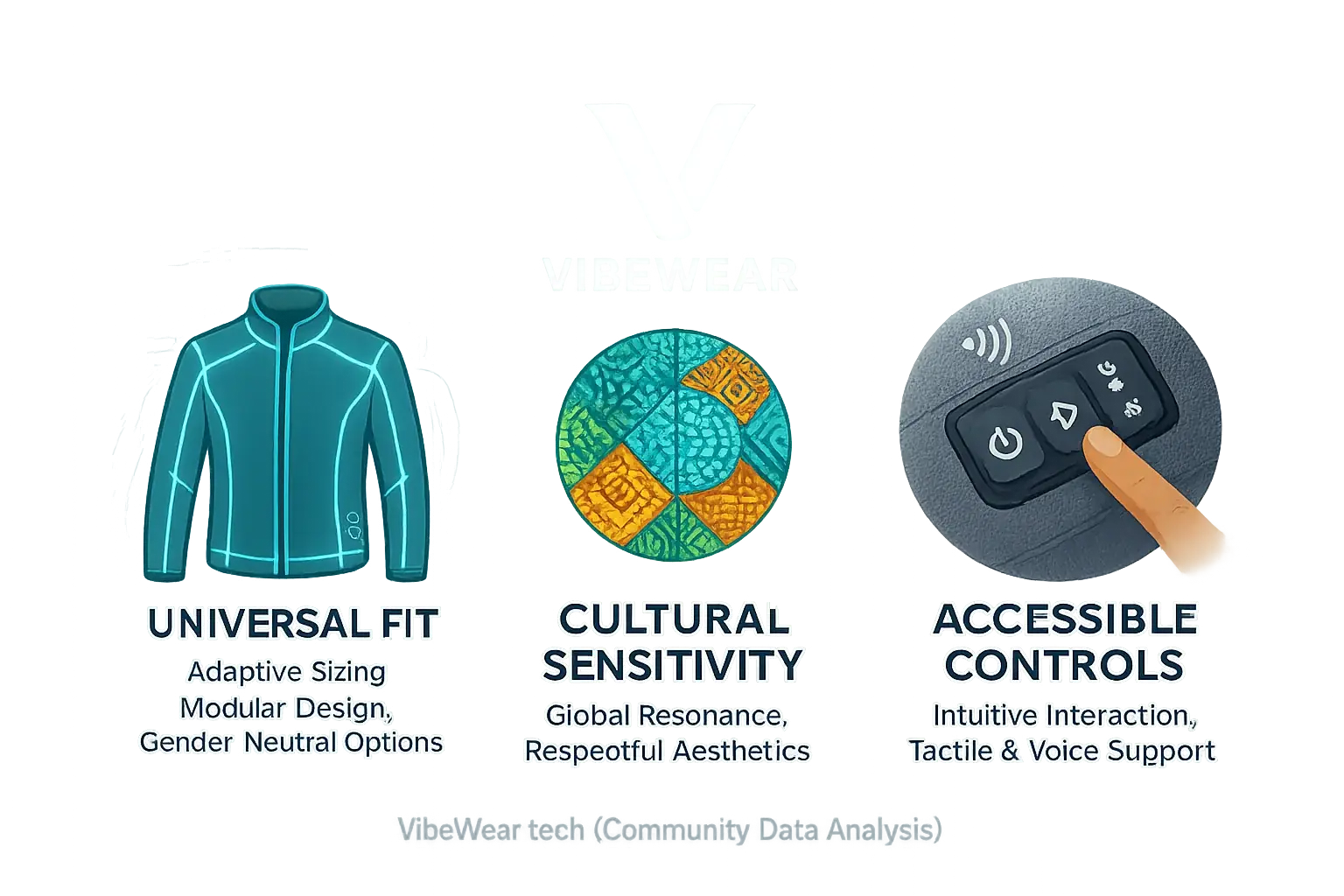
VibeWear's physical design can inadvertently create barriers. Imagine a streetwear enthusiast. They see a VibeWear piece. Does it only fit a specific physique or promote one aesthetic? VibeWear champions truly diverse sizing. Gender-neutral options become essential. Adaptable designs, perhaps modular components or adjustable fits, actively invite wider participation, moving beyond a single, idealized user.
Cultural relevance deeply impacts adoption. An unspoken truth: tech-infused fashion often sprouts from very specific cultural epicenters. This can unintentionally alienate potential wearers from different backgrounds. VibeWear must embed cultural sensitivity into its core design language. This means thoughtful consideration of patterns, symbolic colors, and overall stylistic expressions to ensure global resonance, not just niche appeal. Does your VibeWear speak their visual language?
Marketing powerfully shapes who feels included. If VibeWear visuals consistently feature a limited demographic, a clear message of exclusion is sent. The perception becomes: "This isn't for me." VibeWear's marketing must showcase genuine diversity. Broad representation in campaigns does more than sell. It builds community. It validates belonging for everyone interested in expressive technology.
Accessibility ensures VibeWear is human-centered, not just technologically novel. Consider a user with limited dexterity. Can they easily interact with the e-ink controls? VibeWear needs to integrate accessible design features thoughtfully. Tactile feedback on controls helps. Voice command integration offers another pathway. These considerations transform VibeWear from a cool gadget into a truly usable, inclusive platform for self-expression for all.
Building Bridges: Strategies for a More Inclusive VibeWear Future
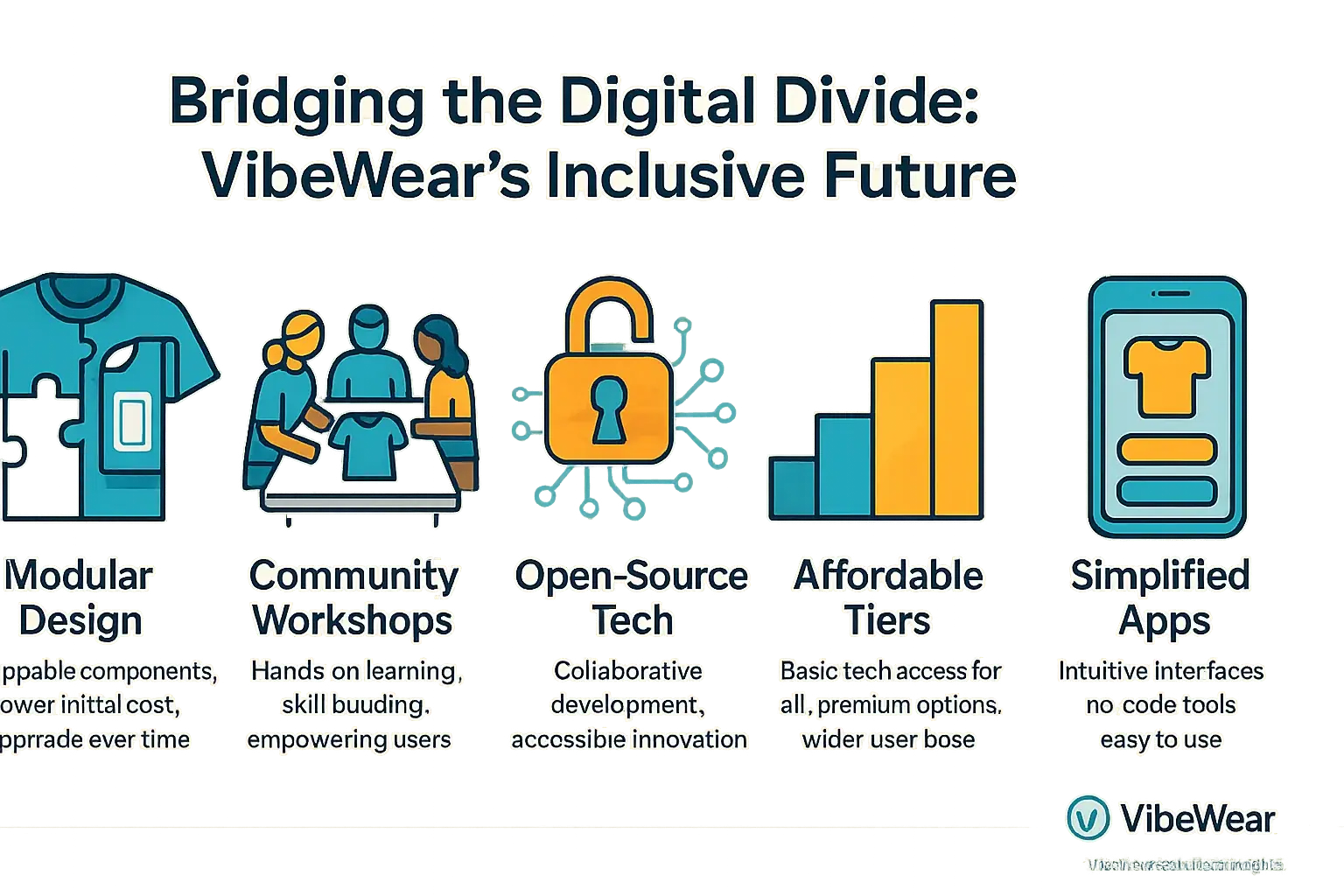
So, how can VibeWear truly reach everyone? The VibeWear community and industry can bridge this digital divide. Affordability is a starting point. Modular designs offer one solution. Garments could feature swappable e-ink panels. This lowers initial purchase prices. Users then upgrade components, not entire outfits. Subscription services for digital patterns also expand access. Imagine accessing vast design libraries for a small monthly fee. Tiered pricing structures make basic VibeWear technology more attainable for more people. Premium features might carry higher costs. This approach widens the potential user base considerably.
Next, we must address the technology literacy gap. Intuitive platforms are essential. No-code design tools lower entry barriers significantly. Many users simply want to express their mood. They do not want to debug complex code. Simplified applications and plug-and-play components are absolutely key here. This is a practical reality. Community workshops provide vital hands-on learning experiences. Educational initiatives build necessary skills. These efforts empower a broader spectrum of creators and users. Shared learning accelerates adoption.
Inclusive design and diverse distribution channels are also vital. VibeWear must embrace all body types. Patterns and hardware need universal fit. Cultural sensitivity within design is non-negotiable. Designs should resonate globally. They must respect diverse aesthetics. Accessible features can greatly benefit users with disabilities. Consider haptic feedback integration. Or explore voice command capabilities for control. We should explore alternative distribution methods. Let's look beyond exclusive high-end boutiques. Pop-up shops in communities could work. Online maker marketplaces also offer reach. These channels connect VibeWear with wider, more diverse audiences.
True innovation, at its heart, means access for all. This principle guides VibeWear’s vision. The future of fashion should be a vibrant tapestry. Everyone must have a hand in weaving it. It cannot remain the domain of a select few. A collective commitment to inclusivity makes VibeWear genuinely revolutionary. This shared journey empowers everyone. What steps will you take?
The Vibe of Tomorrow: An Inclusive Future for Adaptive Fashion
The digital divide is real. It threatens the soul of adaptive fashion. Universal access cannot be an afterthought. It is a core tenet. VibeWear champions proactive measures to ensure this technology serves all humanity, not just a select few. We must bridge this gap. Now.
VibeWear’s ultimate promise is universal self-expression. This expansive future must be actively built by all of us. An inclusive tomorrow for adaptive fashion demands collective action. Designers should craft with accessibility in mind. Developers must code for equity. Users can champion these values. Join VibeWear. Let's co-create this new reality.
Related Insight: Fashion for All: Can Mood-Adaptive Clothing Enhance Accessibility?
Clothing could soon articulate unspoken feelings. A radical idea. VibeWear probes how mood-adaptive tech might forge new channels for expression. This innovation promises to empower individuals facing communication barriers, fundamentally altering connection.
Now, expand to sensory experience. Can intelligent textiles actively manage overwhelming environments? This technology may offer crucial support for individuals with sensory processing sensitivities or other disabilities. VibeWear champions this exploration into truly adaptive, inclusive fashion.

